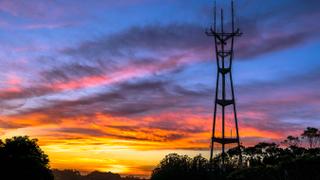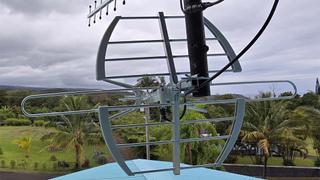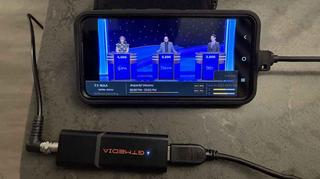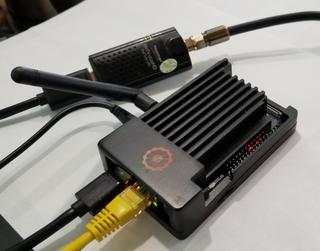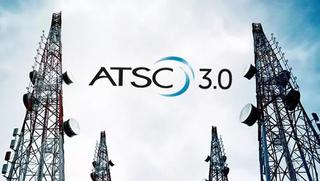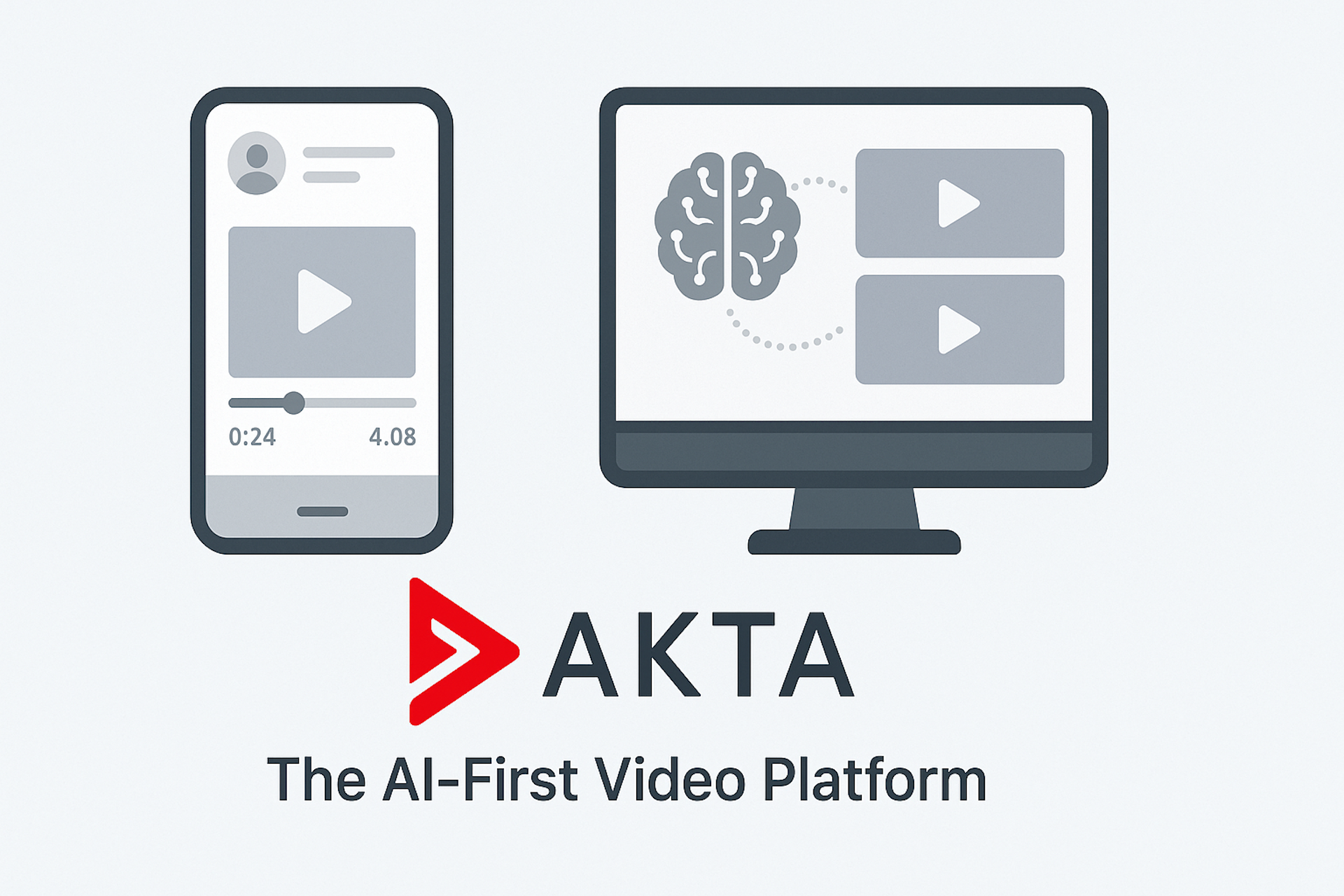RF Technology
Latest about RF Technology
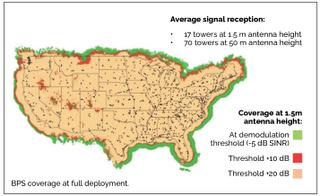
BPS Could Be NextGen TV’s First Major Breakthrough
By Doug Lung published
Expertise Will GPS alternative be the ‘killer app’ that drives ATSC 3.0 transition?
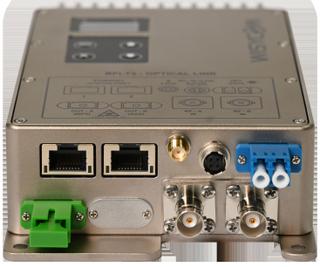
Wisycom to Showcase BFL2 Portable RF-Over-Fiber Modules at 2025 NAB Show
By George Winslow published
The next-generation RF technology is designed to improve broadcast performance
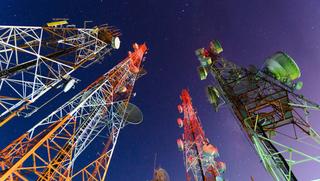
Turning the Page on 40 Years of Innovation
By Doug Lung published
RF Technology Looking back, and ahead, at the TV industry’s technical leaps forward
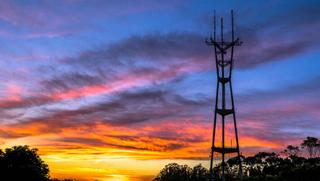
Meeting the Challenge of Sustainable Transmission
By Doug Lung published
RF Technology Reaching indoor antennas requires more power, offsetting efficiency gains made by today’s solid-state technology
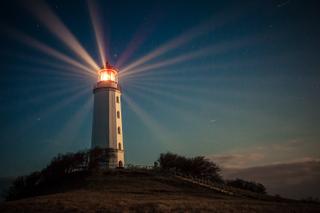
Revisiting MPEG-4 for ATSC 1.0 Lighthouse Stations
By Doug Lung published
RF TECHNOLOGY There is a way to add more capacity without leaving viewers behind
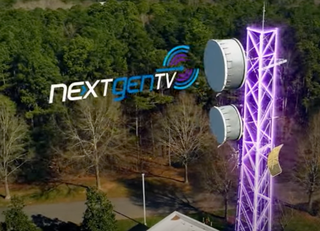
RF at the 2024 NAB Show Part 2: Technical Sessions & Discussions
By Doug Lung published
RF TECHNOLOGY Noteworthy presentations from the Broadcast Engineering and IT Conference
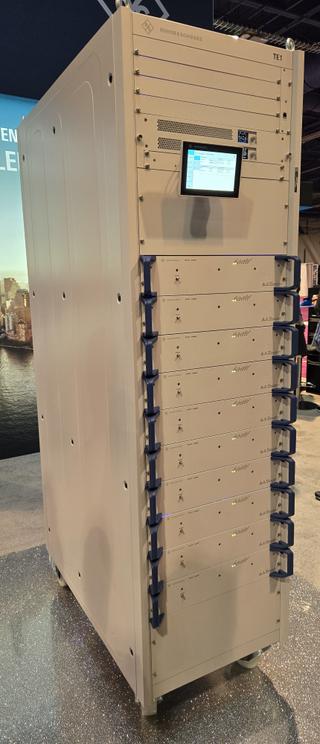
RF at the 2024 NAB Show—Part 1: Products
By Doug Lung published
RF TECHNOLOGY Doug shares some gear from the show floor that caught his eye
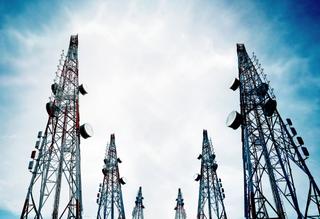
RF Technology: 2023 Recap and 2024 Projections
By Doug Lung published
RF TECHNOLOGY Doug Lung shares his thoughts on RF spectrum, ATSC 3.0 and next steps for broadcasters
The professional video industry's #1 source for news, trends and product and tech information. Sign up below.
